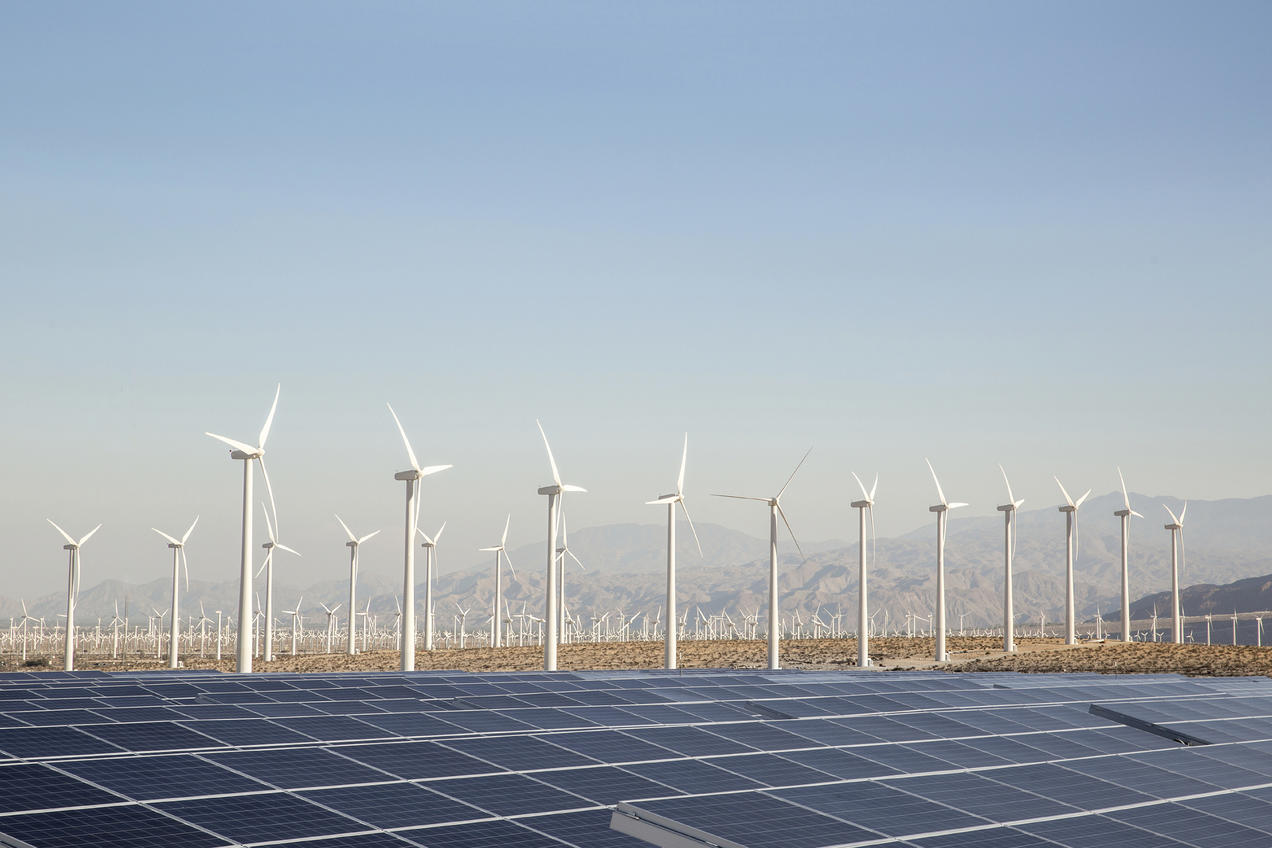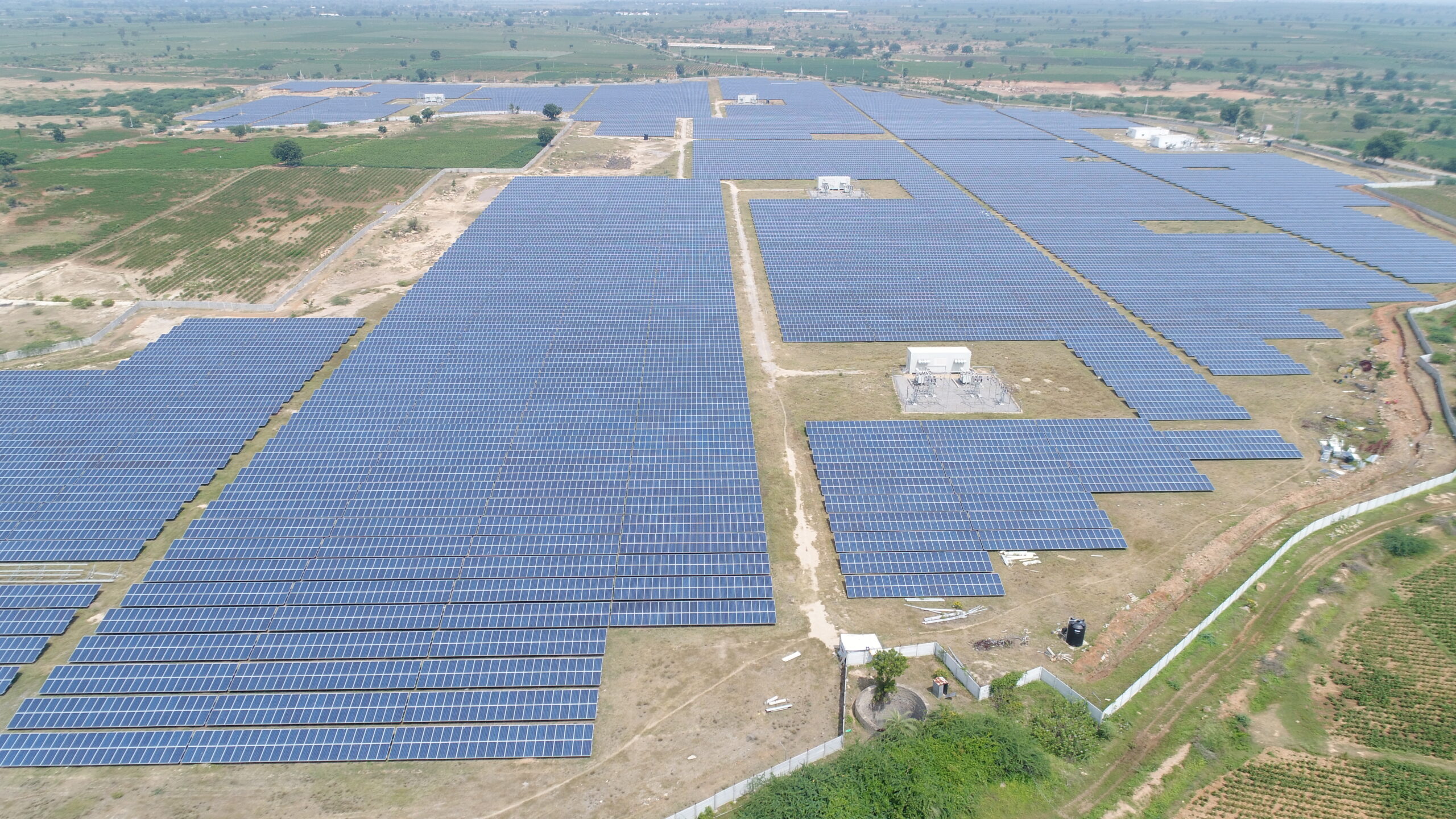COURTESY : www.nrdc.org
REnewable energy
Renewable power is booming, as innovation brings down costs and starts to deliver on the promise of a clean energy future. American solar and wind generation are breaking records and being integrated into the national electricity grid without compromising reliability.
This means that renewables are increasingly displacing “dirty” fossil fuels in the power sector, offering the benefit of lower emissions of carbon and other types of pollution. But not all sources of energy marketed as “renewable” are beneficial to the environment. Biomass and large hydroelectric dams create difficult tradeoffs when considering the impact on wildlife, climate change, and other issues. Here’s what you should know about the different types of renewable energy sources—and how you can use these emerging technologies at your own home.
What Is Renewable Energy?
Renewable energy, often referred to as clean energy, comes from natural sources or processes that are constantly replenished. For example, sunlight or wind keep shining and blowing, even if their availability depends on time and weather.
While renewable energy is often thought of as a new technology, harnessing nature’s power has long been used for heating, transportation, lighting, and more. Wind has powered boats to sail the seas and windmills to grind grain. The sun has provided warmth during the day and helped kindle fires to last into the evening. But over the past 500 years or so, humans increasingly turned to cheaper, dirtier energy sources such as coal and fracked gas.
Now that we have increasingly innovative and less-expensive ways to capture and retain wind and solar energy, renewables are becoming a more important power source, accounting for more than one-eighth of U.S. generation. The expansion in renewables is also happening at scales large and small, from rooftop solar panels on homes that can sell power back to the grid to giant offshore wind farms. Even some entire rural communities rely on renewable energy for heating and lighting.
As renewable use continues to grow, a key goal will be to modernize America’s electricity grid, making it smarter, more secure, and better integrated across regions.
Dirty energy
Nonrenewable, or “dirty,” energy includes fossil fuels such as oil, gas, and coal. Nonrenewable sources of energy are only available in limited amounts and take a long time to replenish. When we pump gas at the station, we’re using a finite resource refined from crude oil that’s been around since prehistoric times.
Nonrenewable energy sources are also typically found in specific parts of the world, making them more plentiful in some nations than others. By contrast, every country has access to sunshine and wind. Prioritizing nonrenewable energy can also improve national security by reducing a country’s reliance on exports from fossil fuel–rich nations.
Many nonrenewable energy sources can endanger the environment or human health. For example, oil drilling might require strip-mining Canada’s boreal forest, the technology associated with fracking can cause earthquakes and water pollution, and coal power plants foul the air. To top it off, all these activities contribute to global warming.Subscribe to Top of MindWe deliver stories that help break down climate topics and bring you inspiration to keep up your activism.
Get the latest fresh in your inbox each Tuesday.SUBSCRIBEWe are committed to protecting your privacy and will never sell, exchange or rent your email address.
Types of Renewable Energy Sources
Solar Energy
Humans have been harnessing solar energy for thousands of years—to grow crops, stay warm, and dry foods. According to the National Renewable Energy Laboratory, “more energy from the sun falls on the earth in one hour than is used by everyone in the world in one year.” Today, we use the sun’s rays in many ways—to heat homes and businesses, to warm water, or power devices.

Solar, or photovoltaic (PV), cells are made from silicon or other materials that transform sunlight directly into electricity. Distributed solar systems generate electricity locally for homes and businesses, either through rooftop panels or community projects that power entire neighborhoods. Solar farms can generate power for thousands of homes, using mirrors to concentrate sunlight across acres of solar cells. Floating solar farms—or “floatovoltaics”—can be an effective use of wastewater facilities and bodies of water that aren’t ecologically sensitive.
Solar supplies a little more than 1 percent of U.S. electricity generation. But nearly a third of all new generating capacity came from solar in 2017, second only to natural gas.
Solar energy systems don’t produce air pollutants or greenhouse gases, and as long as they are responsibly sited, most solar panels have few environmental impacts beyond the manufacturing process.
Wind Energy
We’ve come a long way from old-fashioned wind mills. Today, turbines as tall as skyscrapers—with turbines nearly as wide in diameter—stand at attention around the world. Wind energy turns a turbine’s blades, which feeds an electric generator and produces electricity.
Wind, which accounts for a little more than 6 percent of U.S. generation, has become the cheapest energy source in many parts of the country. Top wind power states include California, Texas, Oklahoma, Kansas, and Iowa, though turbines can be placed anywhere with high wind speeds—such as hilltops and open plains—or even offshore in open water.
Other Alternative Energy Sources
Hydroelectric Power
Hydropower is the largest renewable energy source for electricity in the United States, though wind energy is soon expected to take over the lead. Hydropower relies on water—typically fast-moving water in a large river or rapidly descending water from a high point—and converts the force of that water into electricity by spinning a generator’s turbine blades.
Nationally and internationally, large hydroelectric plants—or mega-dams—are often considered to be nonrenewable energy. Mega-dams divert and reduce natural flows, restricting access for animal and human populations that rely on rivers. Small hydroelectric plants (an installed capacity below about 40 megawatts), carefully managed, do not tend to cause as much environmental damage, as they divert only a fraction of flow.
Biomass Energy
Biomass is organic material that comes from plants and animals, and includes crops, waste wood, and trees. When biomass is burned, the chemical energy is released as heat and can generate electricity with a steam turbine.
Biomass is often mistakenly described as a clean, renewable fuel and a greener alternative to coal and other fossil fuels for producing electricity. However, recent science shows that many forms of biomass—especially from forests—produce higher carbon emissions than fossil fuels. There are also negative consequences for biodiversity. Still, some forms of biomass energy could serve as a low-carbon option under the right circumstances. For example, sawdust and chips from sawmills that would otherwise quickly decompose and release carbon can be a low-carbon energy source.
Geothermal Energy

If you’ve ever relaxed in a hot spring, you’ve used geothermal energy. The earth’s core is about as hot as the sun’s surface, due to the slow decay of radioactive particles in rocks at the center of the planet. Drilling deep wells brings very hot underground water to the surface as a hydrothermal resource, which is then pumped through a turbine to create electricity. Geothermal plants typically have low emissions if they pump the steam and water they use back into the reservoir. There are ways to create geothermal plants where there are not underground reservoirs, but there are concerns that they may increase the risk of an earthquake in areas already considered geological hot spots.
Ocean
Tidal and wave energy is still in a developmental phase, but the ocean will always be ruled by the moon’s gravity, which makes harnessing its power an attractive option. Some tidal energy approaches may harm wildlife, such as tidal barrages, which work much like dams and are located in an ocean bay or lagoon. Like tidal power, wave power relies on dam-like structures or ocean floor–anchored devices on or just below the water’s surface.
Renewable Energy in the Home
Solar Power
At a smaller scale, we can harness the sun’s rays to power the whole house—whether through PV cell panels or passive solar home design. Passive solar homes are designed to welcome in the sun through south-facing windows and then retain the warmth through concrete, bricks, tiles, and other materials that store heat.
Some solar-powered homes generate more than enough electricity, allowing the homeowner to sell excess power back to the grid. Batteries are also an economically attractive way to store excess solar energy so that it can be used at night. Scientists are hard at work on new advances that blend form and function, such as solar skylights and roof shingles.
Geothermal Heat Pumps
Geothermal technology is a new take on a recognizable process—the coils at the back of your fridge are a mini heat pump, removing heat from the interior to keep foods fresh and cool. In a home, geothermal or geoexchange pumps use the constant temperature of the earth (a few feet below the surface) to cool homes in summer and warm houses in winter—and even to heat water.
Geothermal systems can be initially expensive to install but typically pay off within 10 years. They are also quieter, have fewer maintenance issues, and last longer than traditional air conditioners.
Small Wind Systems
A backyard wind farm? Boats, ranchers, and even cell phone companies use small wind turbines regularly. Dealers now help site, install, and maintain wind turbines for homeowners, too—although some DIY enthusiasts are installing turbines themselves. Depending on your electricity needs, wind speeds, and zoning rules in your area, a wind turbine may reduce your reliance on the electrical grid.
Selling the Energy You Collect
Wind- and solar energy–powered homes can either stand alone or get connected to the larger electrical grid, as supplied by their power provider. Electric utilities in most states between the grid-supplied electricity consumed and what they have produced—a process called net metering. If you make more electricity than you use, your provider may pay you retail price for that power.





